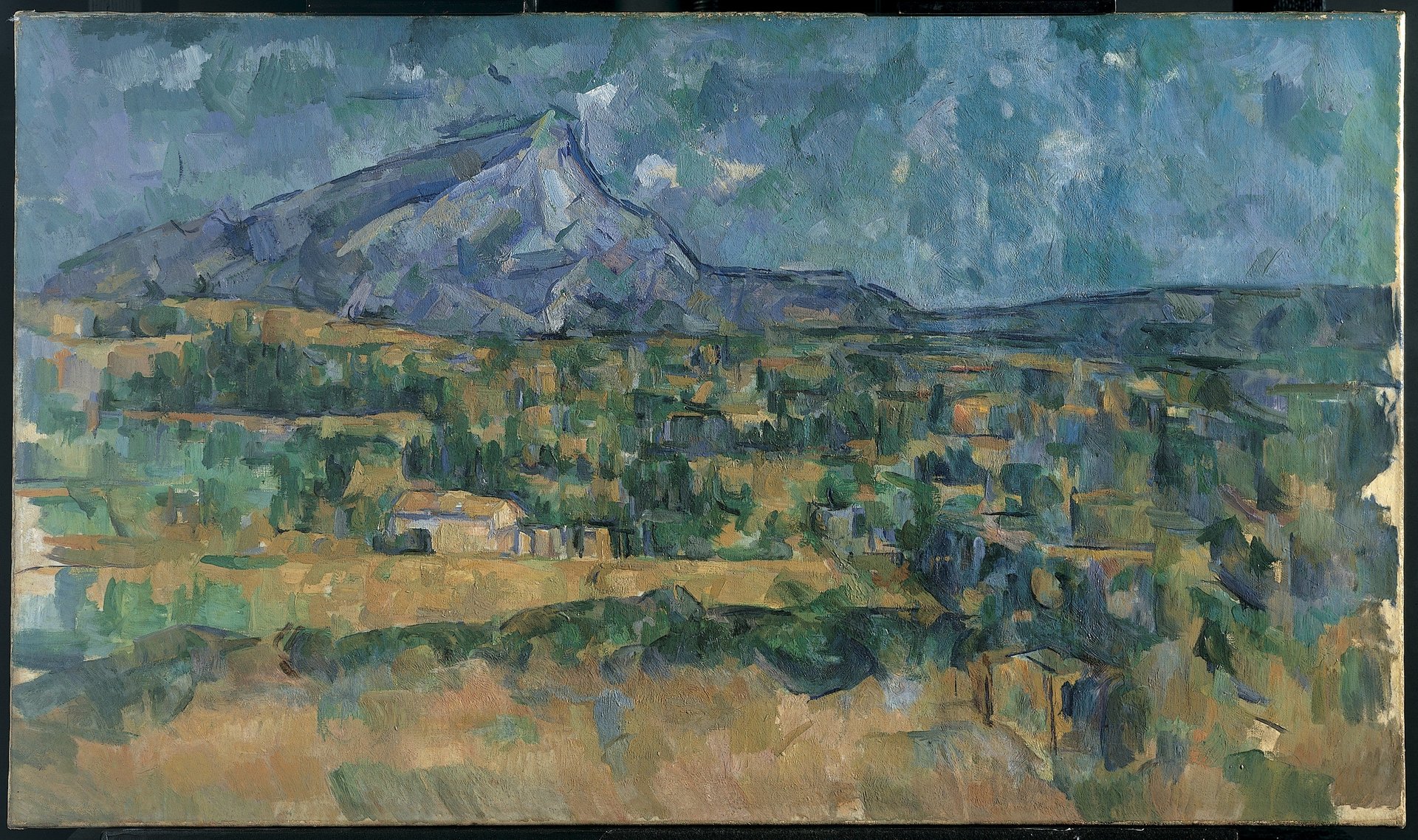To get your mojo back, Novak Djokovic advises hiking up a mountain
Something was off about Novak Djokovic during the last couple of years. In 2016, the Serbian tennis star seemed to reach the summit by becoming only the third man in history to hold all four Grand Slams at the same time, making him the undisputed world’s best player just as longtime rivals Roger Federer and Rafael Nadal were beginning to fade away.


Something was off about Novak Djokovic during the last couple of years. In 2016, the Serbian tennis star seemed to reach the summit by becoming only the third man in history to hold all four Grand Slams at the same time, making him the undisputed world’s best player just as longtime rivals Roger Federer and Rafael Nadal were beginning to fade away.
Then, nothing. Well, not much anyway. Djokovic struggled for form for much of the past year, winning no majors in 2017 and relinquishing his number-one spot after struggling with injuries, personal problems, and what seemed like a lack of love for the game itself. “I psychologically felt huge pressure, and now I’m no longer thinking about the number of titles,” he said. His decline matched the unexpected Indian summer of the Federer-Nadal rivalry. The nadir came when Djokovic lost to the 72nd best player in the world in the quarter-finals of the French Open earlier this year.
So what did he do? Djokovic went for a five-day hike with his wife in June. Since that hike, he has won two more Grand Slams, culminating in the US Open at the weekend, taking him to level with Pete Sampras in the all-time stakes. He said:
We sat down and we just looked at the world from that perspective. I breathed in the new inspiration, new motivation. I thought of tennis, thought of the emotion that tennis provokes in me. It was all positives. I just felt like I had a new breath for this sport. The rest is history in terms of results. I played finals of Queen’s, won Wimbledon, won Cincinnati, and won US Open. I guess we’ll be hiking some more very soon.
He’s not the only one to discover the power of a good walkabout. More than 2,000 years ago, Hippocrates said that “walking is man’s best medicine.” Steve Jobs swore by them. Charles Dickens and Friedrich Nietzsche were fans. And, though it is still not clear why, a study by Stanford University from 2014 found that people performed better on creative-thinking tests during and immediately after walking.
Djokovic not only recommends hiking, he recommends his specific mountain—Mont Sainte-Victoire. “I strongly recommend you to climb it,” he said. “Some great things will happen in your life.”
The mountain, in Aix-en-Provence in the south of France, named after an ancient Roman victory over an invading army, was also a favorite of Paul Cézanne, who lived nearby and painted it more than 60 times. While not as much of a hiker as Djokovic, it seems, the painter appeared to enjoy the perspective it brought him nonetheless. “The same subject seen from a different angle offers subject for study of the most powerful interest,” Cézanne told his son in a letter from 1906.
And now is the time to visit Mont Sainte-Victoire. Access to this part of southern France, Massif Central, is strictly regulated from June 1 to Sept. 30 every year.